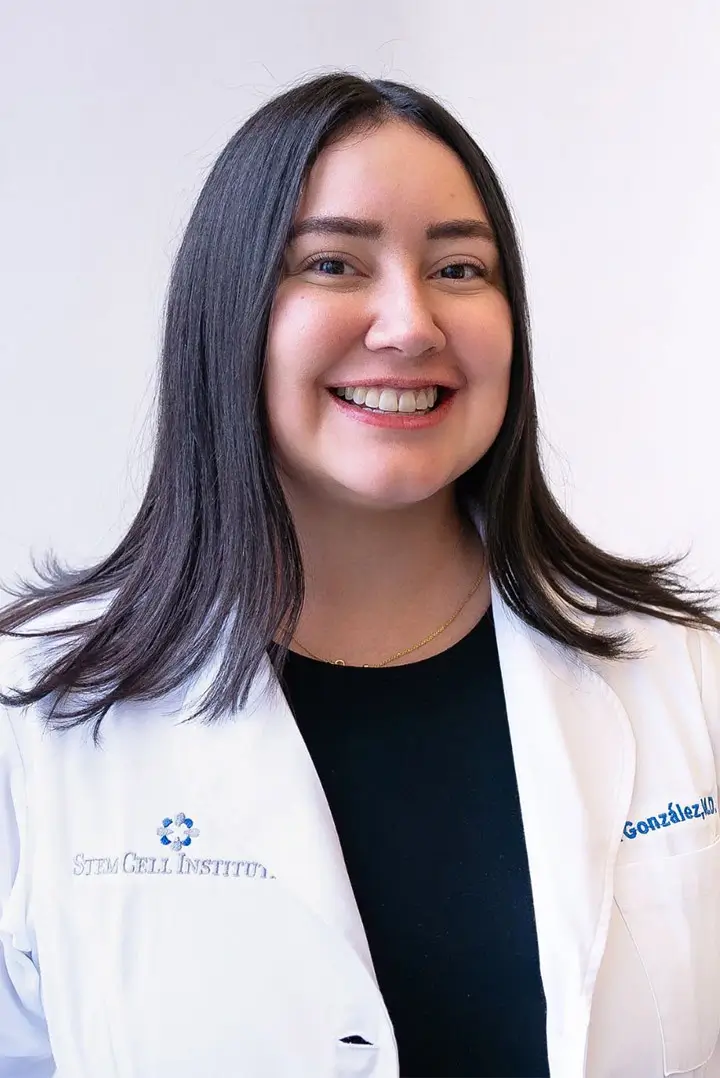Zhang et al. Toxicol Lett.
While previous studies showed that administration of bone marrow cells are capable of repairing livers in animal and human studies, relatively little work has been performed to augment existing means by which the body uses its own stem cells to heal the liver. Specifically, it has been demonstrated that in liver failure bone marrow stem cells exit the bone marrow and home to the damaged liver. While conventional approaches include performing a bone marrow aspiration and mechanically placing the bone marrow into the liver, usually vial the hepatic artery, an alternative would be administration of a chemical that “instructs” the bone marrow stem cells to exit the bone marrow and go into systemic circulation. The other approach would be to augment the chemical signals that the injured liver produces to attract stem cells. This approach is currently pursued in other indications by the company Juventas. Stromal Derived Factor (SDF)-1 is produced by injured tissues and induces migration of bone marrow stem cells. The genetic administration of SDF-1 into already injured tissues causes an increase in stem cell trafficking and has been demonstrated to augment existing regenerative mechanisms.
A recent study (Zhang et al. Granulocyte colony-stimulating factor treatment ameliorates liver injury and improves survival in rats with d-galactosamine-induced acute liver failure. Toxicol Lett. 2011 Apr 27) from the First Affiliated Hospital, School of Medicine, of the Xi’an Jiaotong University demonstrated that administration of the stem cell mobilizer G-CSF into rats with chemically induced liver failure results in prolonged survival and the appearance of liver regeneration.
The investigators administered a single dose of d-galactosamine (d-GalN, 1.4g/kg) to induce ALF. After 2h, the rats were randomized to receive G-CSF (50μg/kg/day), or saline vehicle injection for 5 days. In the liver failure model, 5-day survival after d-GalN injection was 33.3% (10/30), while G-CSF administration following d-GalN resulted in 53.3% (16/30) survival (p=0.027). G-CSF treated rats had lower ALT level and less hepatic injury compared with saline vehicle rats. The increases of CD34+ cells in bone marrow and liver tissue and Ki-67+ cells in liver tissue in G-CSF treated rats were higher than those in saline rats.
These data suggest the possibility that stem cell therapy using chemicals that mobilize endogenous stem cells may be useful in the treatment of liver failure. It remains to be seen whether other chemicals associated with mobilization may cause improved outcome. For example, in addition to G-CSF, agents such as M-CSF, GM-CSF, parathyroid hormone, and the CXCR4 antagonist Mozibile are all capable of inducing mobilization of different types of stem cells.
Forcing Stem Cells into Circulation Results in Protection from Liver Failure in Animals

Reviewed By:
Diana Gonzalez, M.D.
Staff Physician
Dr. Gonzalez, passionate about regenerative medicine, earned her medical degree from Universidad Latina de Panamá. She holds life support certifications and has experience in emergency and primary care, including a vascular surgery rotation in Germany.
